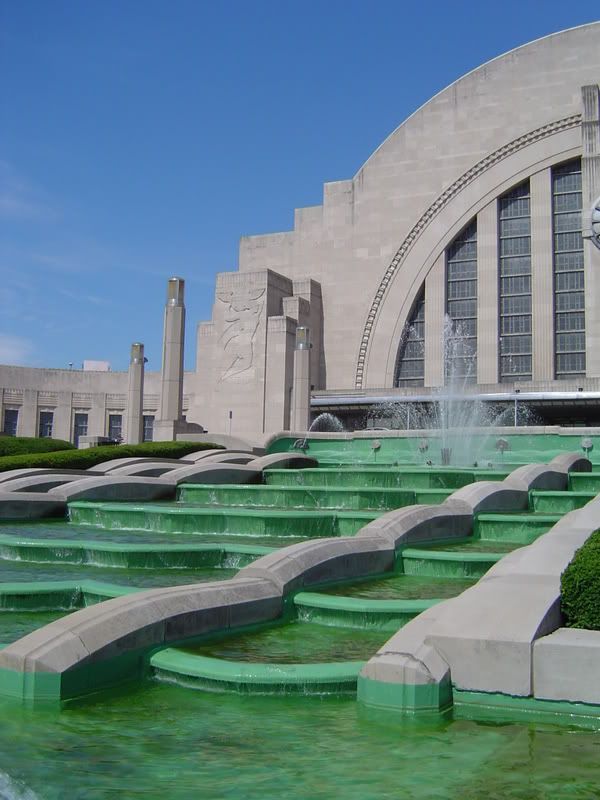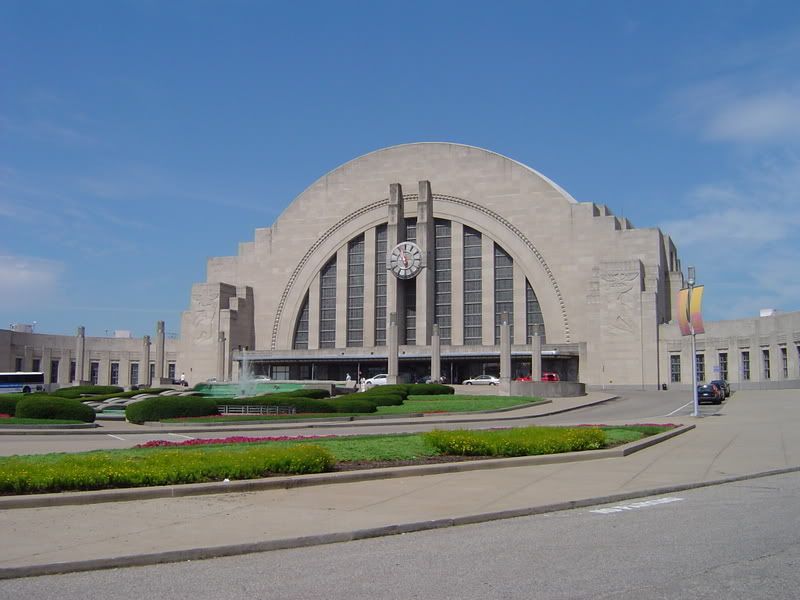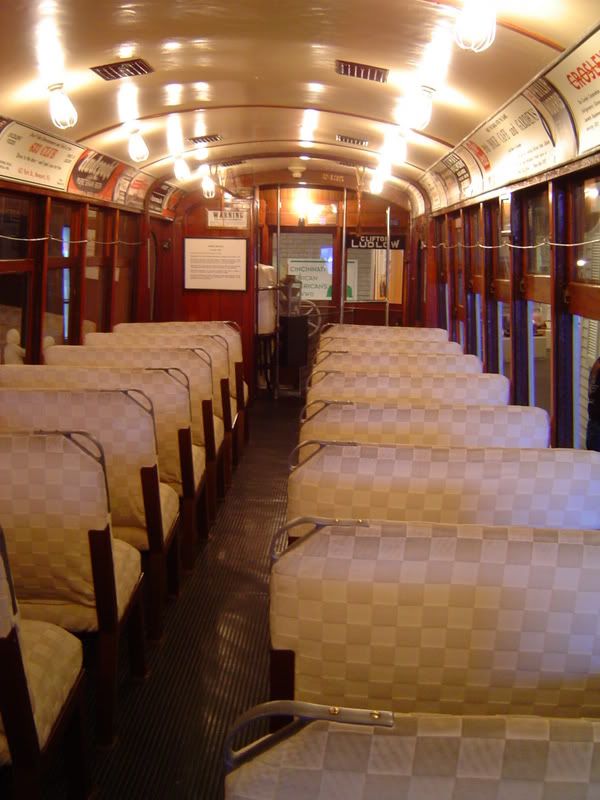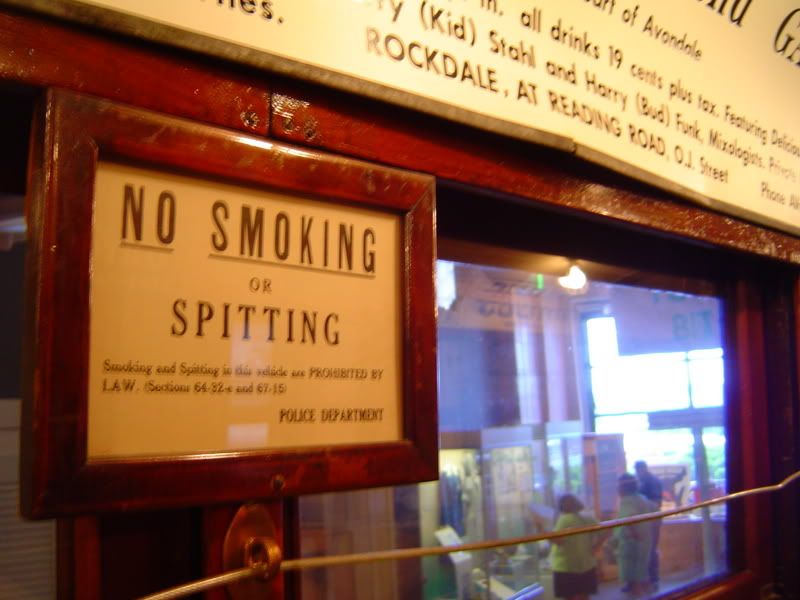http://news.enquirer.com/apps/pbcs.dll/article?AID=/20070312/NEWS01/703120400/1056/COL02
Historian says stores helped develop style
MOUNT ADAMS - Cincinnati qualifies as a major stop on the art deco trail. The Queen City is home to Union Terminal, named one of the top 150 works of American architecture by the American Institute of Architects.
The city also holds art deco treasures resulting from a collaboration of art museums and department stores in the late 1920s.
The history of this effort to promote furniture considered to be modern art 80 years ago was the subject of Sunday's lecture, "Selling Good Design: The Promotion of Art Deco," by art historian Marilyn Friedman at the Cincinnati Art Museum. Her hourlong presentation linking classic art deco with today's latest designs drew nearly 320 people.
The collaboration between art and commerce followed art deco's debut at the 1925 International Paris Exposition of Modern Decorative & Industrial Arts. Friedman noted that the connection between museums and department stores - including Cincinnati's Pogue's store - was based "on pure economics." Department stores wanted to sell furniture.
Art deco furnishings were designed by renowned artists. The pieces emphasized geometric shapes, clean lines, vibrant colors and sensuous curves. They appear in Cincinnati homes as well as the art museum as skyscraper-shaped bookcases and Rookwood pottery.
After the lecture, Friedman termed Union Terminal "a treasure." She called the rare woods and precious metals in the art deco lobby of the Hilton Cincinnati Netherland Plaza "staggering." Cincinnati, she declared, "played a major role in the development of America's art deco movement."

Union Terminal in Queensgate is a landmark of art deco, which Cincinnati helped develop in the 1920s.
Historian says stores helped develop style
MOUNT ADAMS - Cincinnati qualifies as a major stop on the art deco trail. The Queen City is home to Union Terminal, named one of the top 150 works of American architecture by the American Institute of Architects.
The city also holds art deco treasures resulting from a collaboration of art museums and department stores in the late 1920s.
The history of this effort to promote furniture considered to be modern art 80 years ago was the subject of Sunday's lecture, "Selling Good Design: The Promotion of Art Deco," by art historian Marilyn Friedman at the Cincinnati Art Museum. Her hourlong presentation linking classic art deco with today's latest designs drew nearly 320 people.
The collaboration between art and commerce followed art deco's debut at the 1925 International Paris Exposition of Modern Decorative & Industrial Arts. Friedman noted that the connection between museums and department stores - including Cincinnati's Pogue's store - was based "on pure economics." Department stores wanted to sell furniture.
Art deco furnishings were designed by renowned artists. The pieces emphasized geometric shapes, clean lines, vibrant colors and sensuous curves. They appear in Cincinnati homes as well as the art museum as skyscraper-shaped bookcases and Rookwood pottery.
After the lecture, Friedman termed Union Terminal "a treasure." She called the rare woods and precious metals in the art deco lobby of the Hilton Cincinnati Netherland Plaza "staggering." Cincinnati, she declared, "played a major role in the development of America's art deco movement."

Union Terminal in Queensgate is a landmark of art deco, which Cincinnati helped develop in the 1920s.






